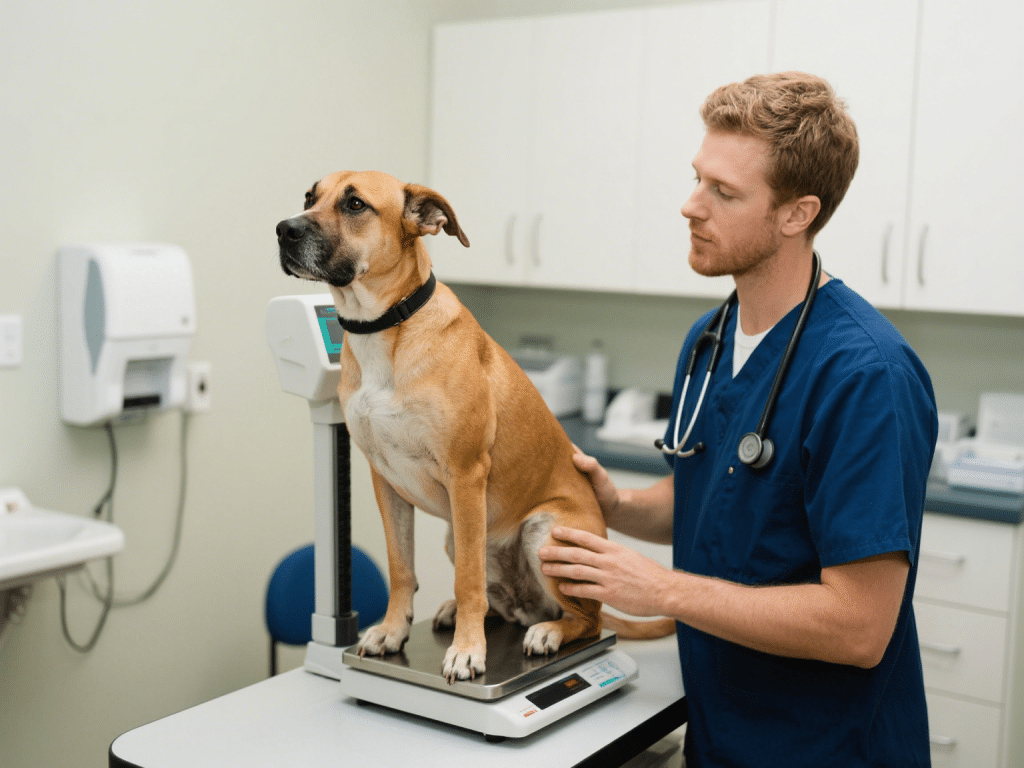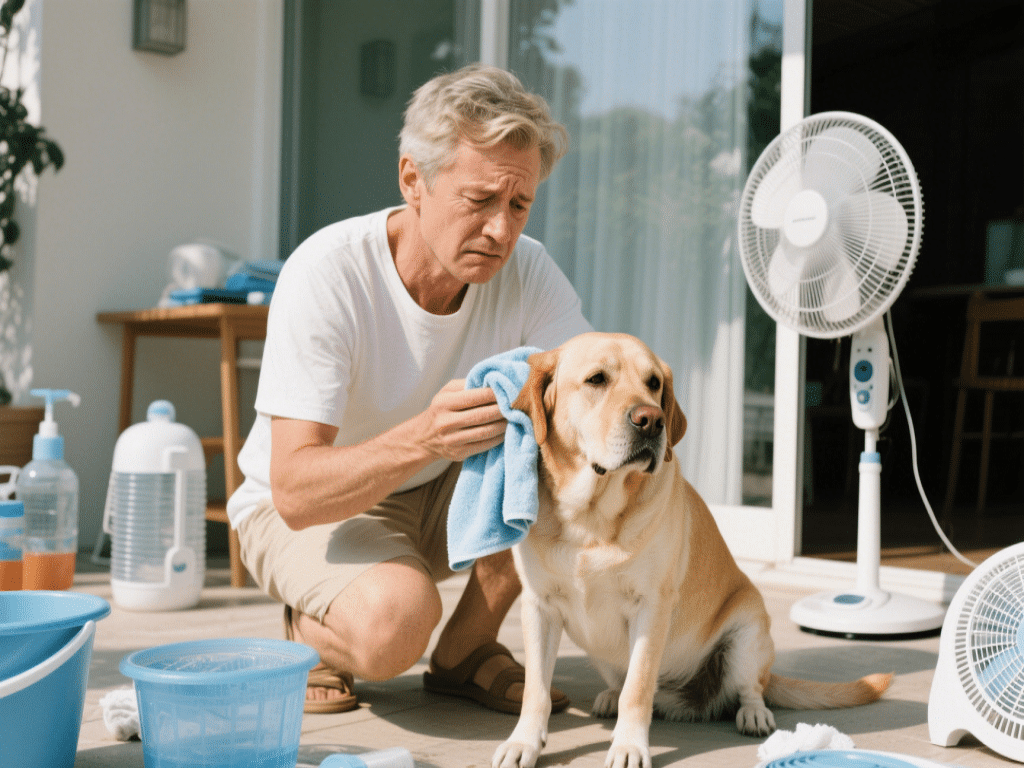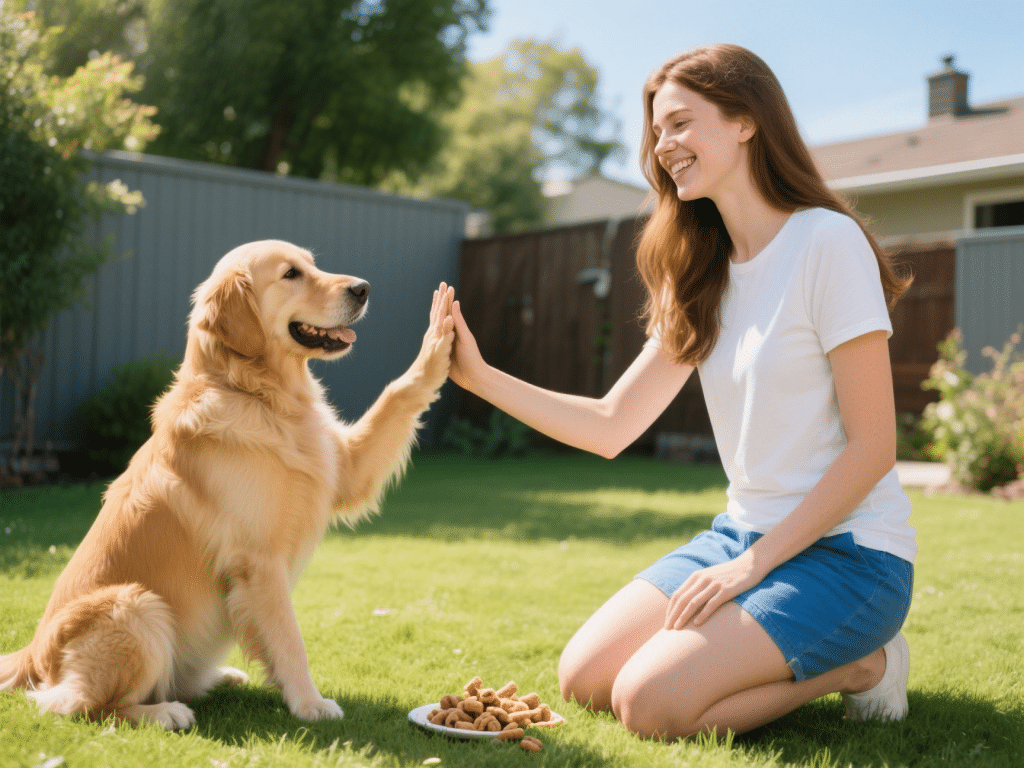
Introduction
Walking your dog provides physical exercise, mental stimulation, and bonding time. However, temperature extremes can put pets at risk of heatstroke, paw pad burns, or hypothermia. Adjusting walk times based on weather ensures safe, enjoyable outings year-round.
1. Summer Heat Considerations
Early Morning (Before 8:00 AM): In hot climates, pavement temperatures can exceed the air temperature by 10–15°F. For example, on an 85°F day, asphalt can reach 100°F, potentially burning paw pads. Walk before sunrise when ground is coolest.
Late Evening (After 7:00 PM): Pavement cools significantly after sunset. The air also becomes milder. Use a dog-friendly paw balm or booties if pavement temperature remains elevated.
Avoid Midday Walks (10:00 AM – 4:00 PM): High humidity and direct sun increase heatstroke risk. Dogs regulate heat through panting; strenuous afternoon walks can overwhelm this system, leading to collapse.
Signs of Overheating: Excessive panting, drooling, weakness, or bright red tongue. Immediately move to shade, offer water, and apply cool (not ice-cold) wet towels to the body. Seek veterinary attention if symptoms persist.
2. Winter Cold Precautions
Midday (11:00 AM – 3:00 PM): Ground temperature and air are at their warmest. Sidewalks and roads may still be icy, so choose clear paths or plow shelters. Avoid wet areas coated with rock salt to prevent paw irritation.
Limit Duration: In sub-freezing temperatures (<32°F), limit walks to 15–20 minutes for smaller breeds or cats. Consider using pet-safe de-icing products and booties to protect paws from frostbite and chemical burns.
Signs of Hypothermia: Shivering, lethargy, stiff limbs, or pale gums. Return indoors immediately, wrap in warm blankets, and offer warm (not hot) water. Consult a vet if severe.
3. Spring and Fall Transitional Weather
Late Morning to Early Afternoon (9:00 AM – 1:00 PM): Temperatures are moderate, reducing fluctuations. However, sudden rain showers or wind gusts can still chill pets. Keep a lightweight jacket or raincoat for short-haired or small dogs.
Check for Allergens: Pollen levels peak in spring; avoid high-allergy periods if your dog exhibits seasonal allergies (sneezing, itchy skin). Rinse paws after walks to remove pollen and prevent ingestion during grooming.
4. Avoiding Weather Hazards
Rain and Thunderstorms: Many dogs fear thunder. Use a leash during walks to prevent panic-driven escapes. Schedule walks between rainstorms when surfaces are less slippery.
Wind and Debris: Strong winds can propel debris and dust into your dog’s eyes and nose. Use protective goggles (doggles) and avoid areas with loose tree branches.
High Altitude Sunburn: At higher elevations, UV exposure intensifies. Dogs with short or white fur may need pet-safe sunscreen on nose, ears, and belly during midday walks.
Humidity and Heat Index: When humidity is high (≥60%), dogs cannot dissipate heat effectively. Check local heat index charts; avoid walks if the combined heat index exceeds 90°F.
5. Indoor Exercise Alternatives
Hot or Cold Extremes: On unsafe days, engage dogs in hallway fetch, tug-of-war, or indoor scent games (hide treats in boxes). Stair climbing (supervised) provides cardio.
Canine Treadmills and Puzzle Toys: Treadmills designed for dogs offer a controlled exercise option. Interactive feeders and puzzle toys stimulate the mind and expend energy without outdoor risks.
6. Monitoring and Adjusting
Thermometer and Pavement Test: Place your palm on the ground for 7 seconds; if too hot for your hand, it’s too hot for your dog’s paws.
Hydration and Cooling: Always carry water and a spill-proof bowl. In hot weather, offer water breaks every 10–15 minutes. Carry a portable spray bottle to mist your dog’s coat if it shows signs of overheating.
Breed-Specific Considerations: Brachycephalic breeds (e.g., Bulldogs, Pugs) have compromised respiratory function; walk them during the coolest parts of the day year-round.
Conclusion
Adjusting walk times to align with weather conditions ensures your dog’s safety and comfort. Early morning and late evening in summer, midday in winter, and mid-morning in spring/fall provide optimal temperatures. When outdoor conditions are unsafe, substitute with indoor activities to maintain your dog’s physical and mental well-being.









Comments on "Best Times of Day to Walk Your Dog Based on Weather" :